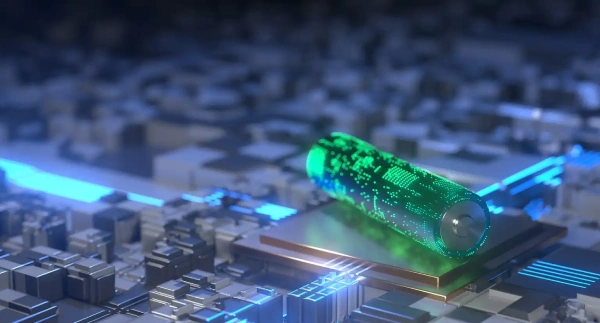The very high-speed charging of electric vehicles (EVs) is an issue of discussion in society and among the manufacturers of these vehicles. It impacts the speed of progression of a driver on the road. Various brands of cars are based on different technologies of battery and charging. This blog will describe the functioning of fast-charging batteries and compare the key approaches popular with the world-leading EV manufacturers, and present the established set of promises and expectations a customer can expect using the products offered by these companies.
What Is Fast Charging?
Fast charging refers to the process of charging an EV battery in a short time. A fast charger can provide sufficient Power within a matter of minutes instead of waiting for hours. This assists the drivers in covering the greater distances without extended phases of rest. The fast charging operates in special chargers and batteries designed to deliver momentous Power.
Why Fast Charging Matters
The main concern of many individuals about EVs is the duration to get a full charge. The longer the time it is on charge, the less pleasant the trips can be. Rapid recharging reduces waiting time and improves EVs as an option to use every day and travel long distances. It is also efficient in serving those who lack charging choices back at home.
Key Technologies of Rapidly Charged Battery
EV creators work on changing batteries to be able to charge within a short period of time. Still, most batteries use lithium-ion batteries, yet others introduce new components and designs to hasten the charge.
- Tesla’s Approach
Tesla has a lithium-ion battery designed to regenerate charge fast, and a network of high-speed chargers known as Superchargers is installed in their cars. The latest models can be charged in just 15 minutes, with a range of up to 200 miles being added. When fast charging the battery, Tesla employs cooling to ensure that it is healthy during this process. These systems prevent very high temperatures from building up in the battery, which is likely to shorten its life.
2. Volkswagen Group’s Approach
VW is equipped with Lithium-ion batteries, which are oriented towards consistent, rapid charging. Their system can charge up to 80 per cent in approximately 30 minutes at 125 kW. VW vehicles such as the ID.4 have the option of fast charging, including cooling to keep the battery safe. Battery management systems are also used by them to balance the speed of charge and the health of the battery.
3. Hyundai and Kia’s Approach
Hyundai and Kia use lithium-ion batteries with a focus on fast charging and battery care. They offer cars that can charge at around 800 volts, allowing very fast charging in about 18 minutes to 80%. This speed comes from thinner, lighter battery cells that accept Power faster.
4. Ford’s Approach
Ford uses lithium-ion batteries and supports fast charging at up to 150 kW. Their Mustang Mach-E can charge from 10% to 80% in about 45 minutes using a fast charger. Ford focuses on making fast charging available for more people by working with charging networks.
5. Nissan’s Approach
Nissan’s Leaf was one of the first popular EVs. Today, Nissan uses lithium-ion batteries designed for fast charging with CHAdeMO chargers. These chargers allow 50 kW fast charging, which can fill the battery to 80% in 40 to 60 minutes.
Comparing Charging Speeds and Range
|
Manufacturer |
Charging Power (kW) | Time to 80% Charge | Range Added in 15 min (approx.) |
| Tesla | Up to 250 | 15-30 minutes | 130-200 miles |
| Volkswagen | Up to 125 | 30 minutes | 90-100 miles |
| Hyundai/Kia | Up to 350 | 18 minutes | 100-150 miles |
| Ford | Up to 150 | 45 minutes | 70-90 miles |
| Nissan | Up to 50 | 40-60 minutes |
40-50 miles |
This table shows Tesla and Hyundai/Kia lead in fast charging speed. Hyundai has very high charging power, but Tesla provides a wide charging network, both helping drivers on long trips.
Conclusion
Fast charging technology is growing fast. Each car brand has its own way to make it work well for its users. Tesla has a large, fast charger network with strong battery cooling. Hyundai and Kia use very high-power chargers and new battery designs. Volkswagen and Ford focus on a balance between speed and battery care. Nissan targets safety and accessibility.

